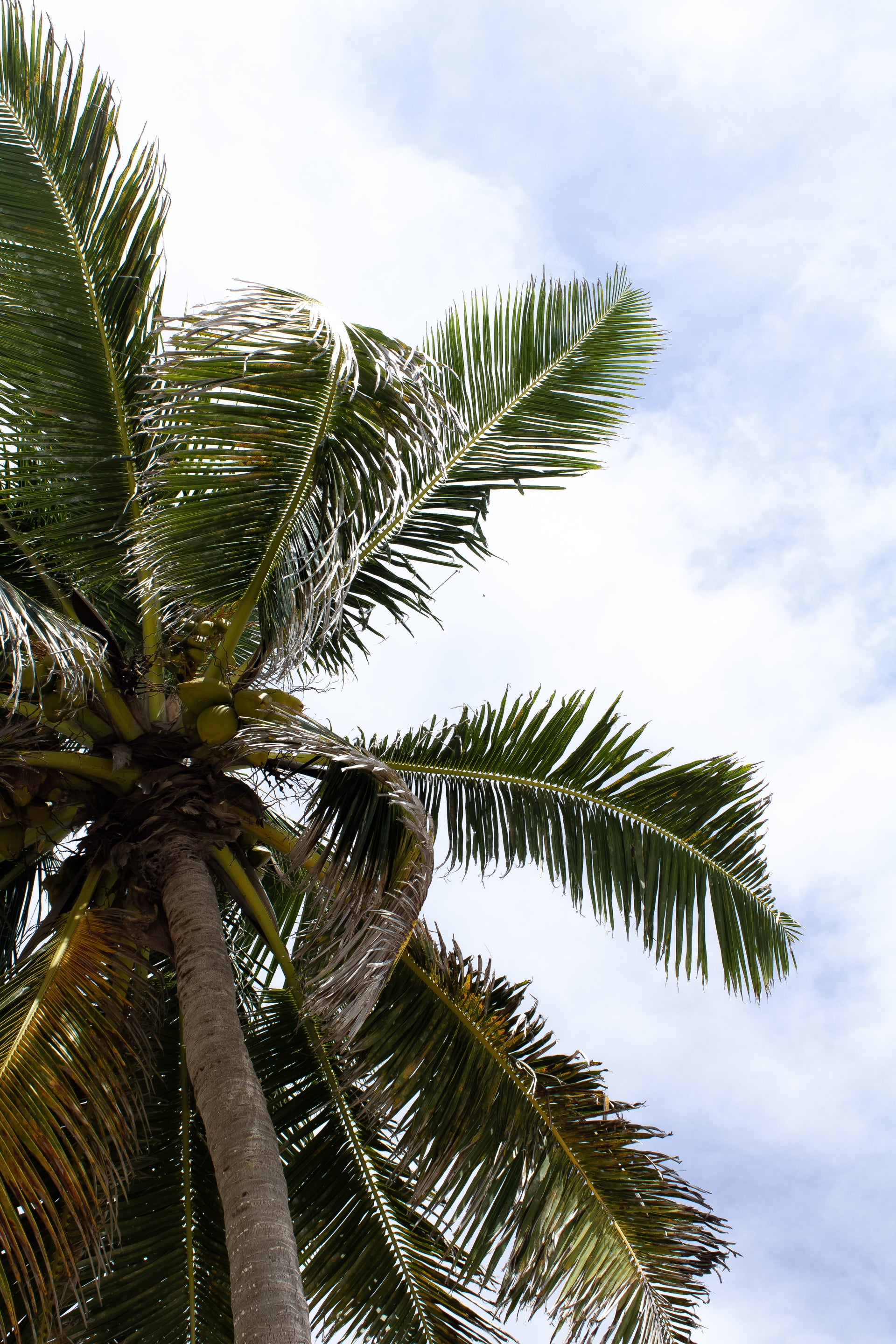Our YouTube channel includes detailed installation guides, frequently asked questions, product overviews and lots more. We are always open to content ideas so please let us know if there is a topic you would like us to cover.
Are shade sails waterproof?

Understanding the Waterproof Nature of Shade Sails
Shade sails are an increasingly popular choice for outdoor spaces, providing a stylish and effective solution for sun protection. However, a common question among potential buyers is, "Are shade sails waterproof?" Understanding this aspect can be crucial to making an informed decision about whether a shade sail is suitable for your specific needs, especially if you are considering installation in an area prone to heavy rainfall.
What Are Shade Sails Made Of?
Shade sails are typically constructed from high-density polyethylene (HDPE) fabric. This material is renowned for its durability and ability to block harmful UV rays, making it an excellent choice for sun protection. However, HDPE fabric is generally not waterproof. Instead, it is designed to be water-resistant, which means it can handle light rain but is not intended to keep an area completely dry during heavy downpours. If you would like to view our waterproof shade sails you can do so here.
Water Resistance vs. Waterproof
The distinction between water-resistant and waterproof is vital when discussing shade sails. Water-resistant materials can repel water to some degree, allowing rain to run off the fabric rather than soaking through immediately. However, in the case of a persistent or heavy rain, water will eventually seep through.
On the other hand, waterproof materials do not allow water to penetrate at all. They provide complete protection from rain, keeping the area beneath dry even in the most severe weather conditions. Shade sails typically do not fall into this category unless they are specifically treated or manufactured with additional waterproof coatings.

Can Shade Sails Be Made Waterproof?
While standard shade sails are not inherently waterproof, there are options available for those looking for enhanced rain protection. Some manufacturers offer shade sails that are coated or laminated with waterproof materials, such as PVC or other specialized treatments. These products are designed to withstand heavier rainfalls and can be an excellent choice for areas where rain is frequent and intense.
Installation Considerations for Rainy Climates
If you live in an area prone to heavy rain, and you want to maximize the water-resistant properties of your shade sail, proper installation is crucial. Shade sails should be installed with a significant slope or angle to facilitate water runoff. Flat installations can lead to water pooling, which not only risks damage to the sail but also decreases its effectiveness in providing shelter.
Choosing the Right Shade Sail for Your Needs
Selecting the right type of shade sail depends on your unique requirements and environmental conditions. If your primary concern is sun protection, a standard HDPE shade sail may suffice. However, if you anticipate needing protection from frequent or heavy rain, you may want to explore waterproof options.
Benefits of Waterproof Shade Sails
Choosing a waterproof shade sail can offer several benefits beyond rain protection. For instance, these sails can extend the usability of outdoor spaces during inclement weather, making them ideal for restaurants, cafes, or personal patios that host gatherings regardless of the weather. Furthermore, waterproof sails tend to be more durable, potentially offering a longer lifespan compared to their water-resistant counterparts.
Maintenance and Care for Waterproof Shade Sails
To ensure your waterproof shade sail remains effective and retains its appearance, regular maintenance is essential. This includes cleaning the sail periodically to remove dirt and debris, which can affect its water-repellent properties. Moreover, inspecting the sail for any damage or wear, particularly after severe weather, can help identify issues early and extend the life of your investment.

The Role of Color and Design
While functionality is key, the aesthetic appeal of a shade sail should not be overlooked. Shade sails come in a variety of colors and designs, allowing you to match them to your existing outdoor decor. Lighter colors, while stylish, may show dirt more easily, whereas darker shades can offer a more dramatic look and might be more forgiving in terms of maintenance.
FAQ: Waterproof Shade Sails
Do waterproof shade sails allow airflow?
Not as much as standard HDPE sails. Waterproof fabrics like PVC block water completely but can trap heat, so proper ventilation and angled installation are key.
How long do waterproof shade sails last?
With regular cleaning and correct installation, most waterproof shade sails last between 10–15 years, depending on climate and fabric quality.
Can I install a waterproof shade sail myself?
Smaller sails can be DIY-installed, but for larger setups or angled designs, professional installation ensures better tension, drainage, and durability.
Conclusion
In conclusion, if you’ve ever wondered “Are Shade Sails Waterproof?”, the answer depends on your needs and environment. While standard shade sails are not fully waterproof, there are advanced options available that provide excellent rain protection. By understanding the differences between water-resistant and waterproof materials, you can select a design that offers the ideal mix of durability, function, and style. For those in regions with frequent rainfall, investing in waterproof shade sails can significantly enhance outdoor comfort and year-round usability.



